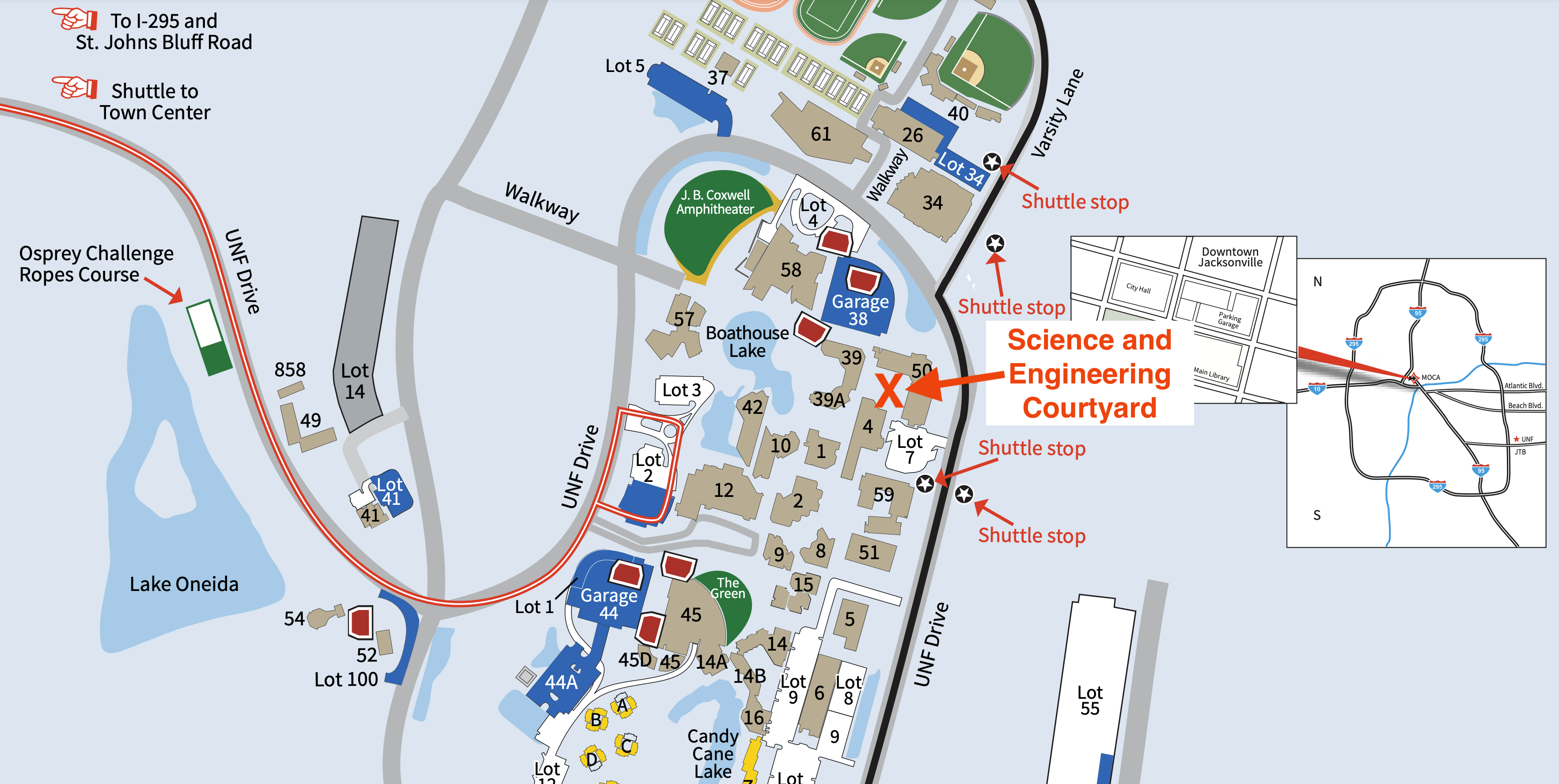Biological Sciences Building: Stateoftheart Research Facilities

The Biological Sciences Building is a testament to the university’s commitment to advancing our understanding of the natural world. This state-of-the-art facility is equipped with cutting-edge research equipment and technology, providing scientists with the tools they need to explore the intricacies of life. From the molecular mechanisms that underlie cellular function to the complex interactions that shape ecosystems, researchers in the Biological Sciences Building are pushing the boundaries of human knowledge.
One of the key features of the building is its emphasis on interdisciplinary collaboration. Researchers from diverse fields, including biology, chemistry, physics, and mathematics, come together to tackle complex problems that cannot be addressed by a single discipline alone. This integrated approach fosters a rich exchange of ideas and expertise, leading to innovative solutions and groundbreaking discoveries. For instance, scientists studying the behavior of complex biological systems can draw on insights from physics and mathematics to develop new models and simulations, while chemists can collaborate with biologists to design novel therapeutics and diagnostics.
The building’s research facilities are designed to support a wide range of scientific inquiry, from fundamental research on the mechanisms of life to applied research focused on addressing pressing societal needs. The facility includes advanced laboratories for molecular biology, genomics, and proteomics, as well as specialized equipment for imaging, spectroscopy, and other analytical techniques. Researchers also have access to sophisticated computational resources, including high-performance computing clusters and advanced data storage systems. These resources enable scientists to analyze and interpret large datasets, identify patterns, and make predictions about complex biological systems.
One of the most significant advantages of the Biological Sciences Building is its ability to support research at multiple scales. Scientists can study biological systems at the level of individual molecules, cells, or tissues, or examine the behavior of entire ecosystems. This flexibility is critical for understanding the complex interactions that underlie many biological phenomena, from the evolution of antibiotic resistance to the impact of climate change on biodiversity. For example, researchers can use advanced microscopy techniques to study the behavior of individual cells, while also exploring the ecological consequences of changes in population dynamics.
Conducting Research in the Biological Sciences Building
- Develop a research question or hypothesis, drawing on existing knowledge and gaps in current understanding.
- Design an experiment or study, selecting the most appropriate methods and techniques for addressing the research question.
- Conduct the research, using the building's state-of-the-art equipment and facilities to collect and analyze data.
- Interpret the results, drawing on insights from multiple disciplines and using computational resources to identify patterns and trends.
- Communicate the findings, sharing results with the scientific community and exploring the implications for society and the environment.
The building’s commitment to interdisciplinary collaboration is reflected in its physical design. Open laboratory spaces and shared equipment facilities foster a sense of community and encourage scientists to share ideas and expertise. Regular seminars, workshops, and symposia provide opportunities for researchers to present their work, receive feedback, and learn from others. This dynamic environment helps to break down disciplinary silos, promoting a culture of innovation and cooperation that is essential for advancing our understanding of complex biological systems.
Benefits and Challenges of Interdisciplinary Research
| Benefits | Challenges |
|---|---|
| Integrated understanding of complex systems | Communication barriers between disciplines |
| Innovative solutions to pressing problems | Competing priorities and funding challenges |
| Development of new methodologies and tools | Need for ongoing training and professional development |

In conclusion, the Biological Sciences Building is a powerful engine for scientific discovery, providing researchers with the tools, expertise, and collaborative opportunities they need to advance our understanding of the natural world. By supporting research at multiple scales, fostering interdisciplinary collaboration, and promoting a culture of innovation and cooperation, this state-of-the-art facility is helping to address some of the most pressing challenges facing our world today.
What types of research are conducted in the Biological Sciences Building?
+Researchers in the Biological Sciences Building conduct a wide range of scientific inquiry, from fundamental research on the mechanisms of life to applied research focused on addressing pressing societal needs. This includes studies on molecular biology, genomics, proteomics, and other areas of biological science.
What facilities and equipment are available in the building?
+The building is equipped with state-of-the-art research equipment and technology, including advanced laboratories, specialized equipment for imaging and spectroscopy, and sophisticated computational resources. Researchers also have access to shared facilities and equipment, fostering a culture of collaboration and cooperation.
How does the building support interdisciplinary collaboration?
+The building’s design and layout are intended to foster interdisciplinary collaboration, with open laboratory spaces, shared equipment facilities, and regular seminars and symposia. Researchers from diverse fields come together to tackle complex problems, share ideas and expertise, and develop innovative solutions.